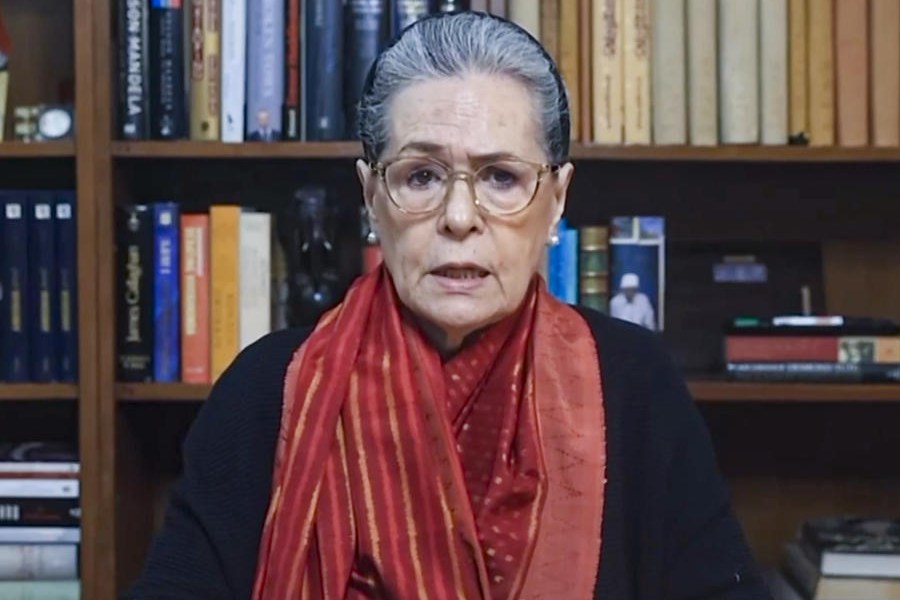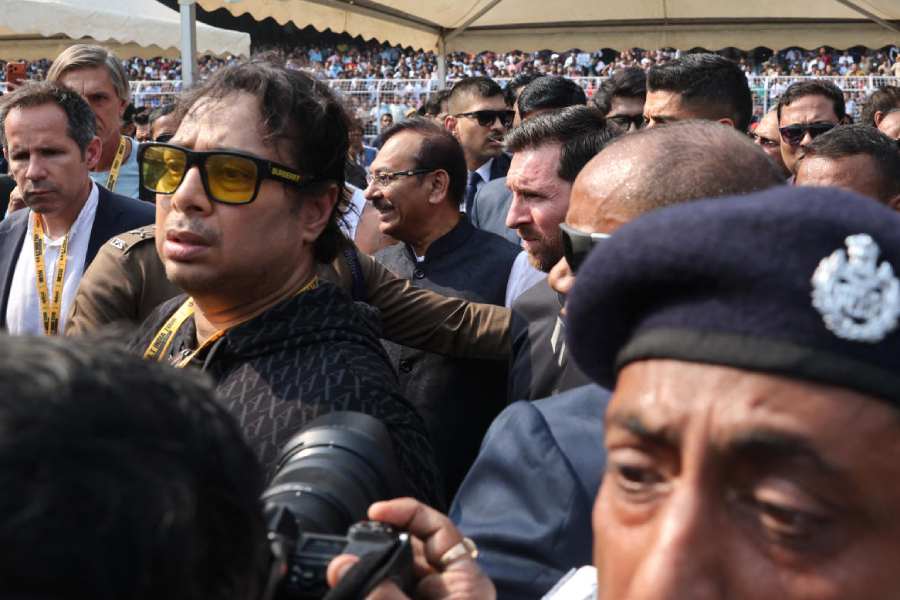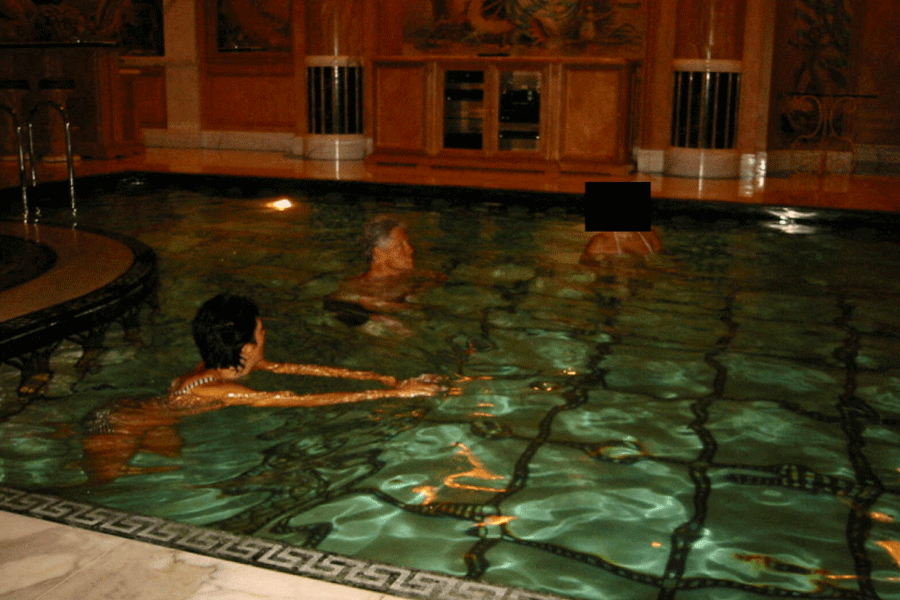 |
| Supermix: British supermodel Kate Moss models for superbrand Gucci in Milan. (Reuters) |
Milan, Nov. 4 (Reuters): Stroll through any shopping mall, flick through any glossy magazine or spend an hour surfing the Net and you will be bombarded by a bewildering array of brands in search of your cash.
But a select few seem to rise above the marketing mayhem, their names instantly recognisable, desirable and durable. They are the superbrands.
From flame-red Ferraris and Gucci handbags to Nike trainers and cans of Coke, certain brands have won an almost iconic status, their names speaking as loudly as their products.
The envy of the myriad dot-coms that rose out of and fell back into consumer oblivion at the dawn of the new millennium, the superbrands teach a solid lesson — fame and especially fortune do not come by chance.
So what is the recipe for success?
Advertising gurus, chief executives and retail experts point to a complex strategy of identity, creativity, quality, investment and, above all, a magical relationship with the customer.
“The first thing a brand needs is desirability. People have to be able to — and really want to — associate themselves with it,” said Jacques-Franck Dossin, a luxury goods analyst with Goldman Sachs.
That emotional appeal might be the exclusivity of a heavy Rolex watch, the homeliness of Heinz tomato ketchup or the excitement of belonging to the select band of successful Internet companies like Yahoo.
But becoming a superbrand needs a lot more than clever marketing, says Alex Gonzalez, the ad-man behind fashion statements such as Versace, Valentino and Dolce & Gabbana.
Gonzalez preaches the need to go beyond the concept of brand identity, with advertising, shop layouts and products blending together into a personality.
“It’s hard to be successful if you just set out to create a mass brand. A brand has to have its own DNA which, for me, is often a designer. But even at Nike there’s a team with a dream and that’s why the brand is so strong,” he told Reuters.
Nike, one of the world’s most readily identifiable brands, professes a mission “to bring inspiration and innovation to every athlete in the world” and has built its “swoosh” logo into a synonym for sporting success rather than just a sneaker label.
But even when the hearts and eyes of the public have been captured, the work of a superbrand has only just begun. Its identity needs to be nurtured, protected and targeted at specific customers on a daily basis.
Gucci CEO Domenico De Sole, who has built a $2.3-billion luxury stable out of the bankrupt tatters of a Florentine fashion label in less than a decade, describes himself and creative director Tom Ford as “brand managers”.
“Gucci had great name recognition when we took it over, which was a good starting point,” said De Sole, whose 10 labels include Yves Saint Laurent, Stella McCartney and Alexander McQueen, the notorious bad boy of fashion.
“But you can’t just say ‘OK, the brand’s great’, take profit and forget about it. It’s constant nurturing and investing — supporting the brands with advertising, looking for better store locations, improving distribution and quality,” he told Reuters.
Auto analysts charting a crisis at Fiat SpA blame many of the Italian giant’s problems on its core Fiat car brand, which has been tarnished by a slow-selling, unexciting model range with none of the glamour of Fiat’s far sexier Ferrari brand.
Meanwhile, Volkswagen and BMW have wooed car lovers with new versions of the famous Beetle and Mini — superbrands in themselves which sell for their name and funky modern designs.
But for all the hefty investment and careful strategy, a brand’s success eventually relies on the most fickle and least controllable element — the customer.
“The strength of your brand comes from your end customer. You have to respect and feed what the customer expects from you, maintain your identity and authenticity,” said Franco Cologni, head of the watch division at Swiss luxury group Richemont.
At sports car maker Ferrari, CEO Luca di Montezemolo knows four consecutive years as Formula One champion has built his prancing horse brand into a world force, but he is careful not to erode the firm’s cachet by overproducing its six-figure cars.
The sense of owning something special is reinforced by linking owners of Ferraris and Maseratis in a worldwide club.
Earning customer loyalty and proving a brand's real worth is going to be key in the 21st century, said John Naisbitt, the futurologist author of 1982 bestseller“Megatrends”.
”Trademarks and brands will be more important than they have ever been if they are authentic and truly connect the buyer to the seller. More a trustmark than a trademark,” Naisbitt said.
Millions of new names will invade the market in coming years, Naisbitt added. But to break into the realm of deeply rooted superbrands, these newcomers will have to consistently prove their value and authenticity to consumers.











